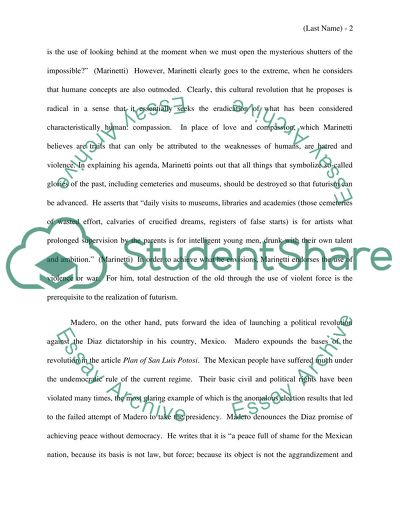Cite this document
(“Compare the cultural revolution called for in the Futurist Manifesto Essay”, n.d.)
Retrieved from https://studentshare.org/environmental-studies/1414872-compare-the-cultural-revolution-called-for-in-the
Retrieved from https://studentshare.org/environmental-studies/1414872-compare-the-cultural-revolution-called-for-in-the
(Compare the Cultural Revolution Called for in the Futurist Manifesto Essay)
https://studentshare.org/environmental-studies/1414872-compare-the-cultural-revolution-called-for-in-the.
https://studentshare.org/environmental-studies/1414872-compare-the-cultural-revolution-called-for-in-the.
“Compare the Cultural Revolution Called for in the Futurist Manifesto Essay”, n.d. https://studentshare.org/environmental-studies/1414872-compare-the-cultural-revolution-called-for-in-the.


